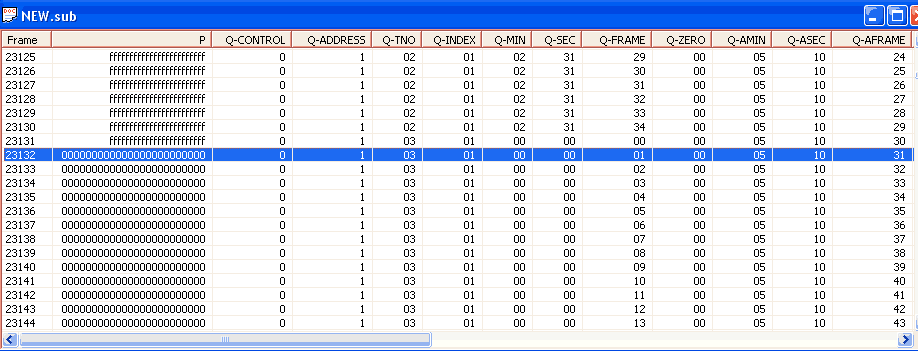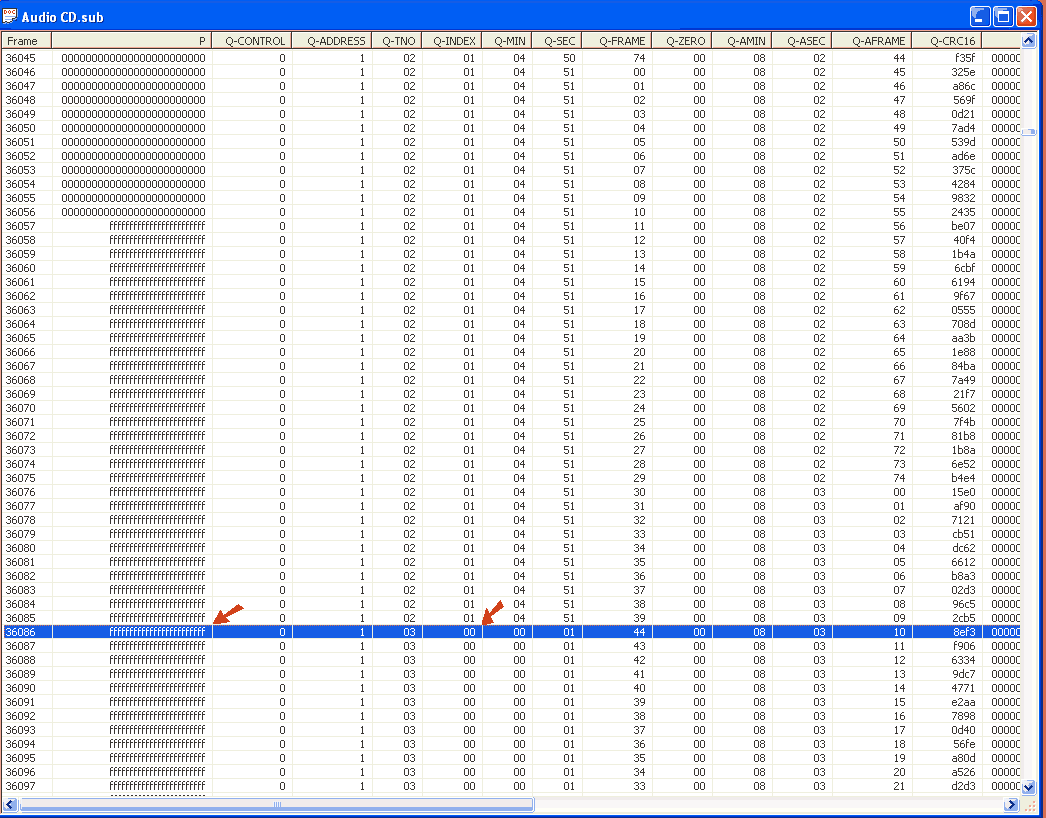I ran the frontend through VirusTotal and it was tagged as virus by about 30% of the scanners. With those results, I wouldn't even use it if I hadn't written it. The tool is insanely simple so I wondered what was causing so many alerts.
After some testing, it appears to be from a function that pauses/resumes findcrcs.exe. Normally a front end would wait for the tool to finish and process the resulting console-output. But if findcrcs is scanning for a track that is all 00s, it will often return thousands of hits and take forever to finish. To overcome this long wait, my frontend monitors findcrcs output, when some results have been found, pauses findcrcs, tests the result's MD5, and it there is a match, terminates findcrcs, or if there is no match, resumes findcrcs and continues to wait.
This 'pause exe' function is built into Windows, you'll find it near the bottom of the source code as 'Func _ProcessSuspend()' and 'Func _ProcessResume()'. Apparently the virus scanners think using it means you're up to no good. I 'commented out' these two functions and VirusTotal went down to 2 no-name positives.
It's rather heavy handed for virus scanners to alert on anything using the pause function, but anyways, I'm submitting a false positive notice to a few of the bigger name companies. We'll see what happens.




